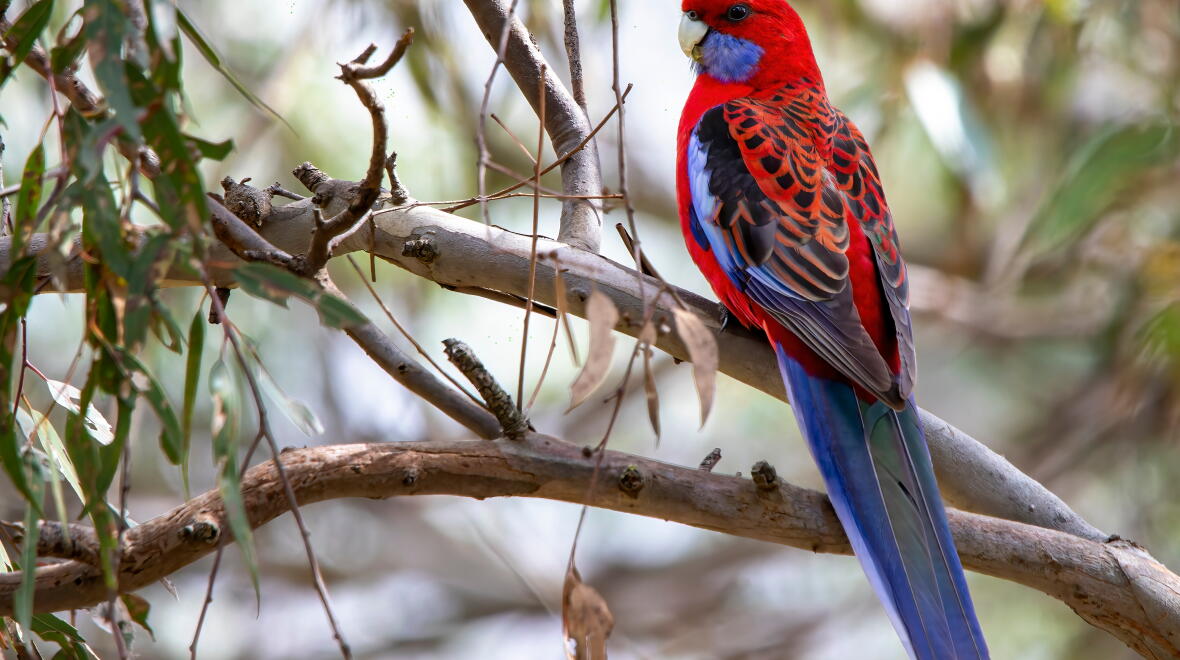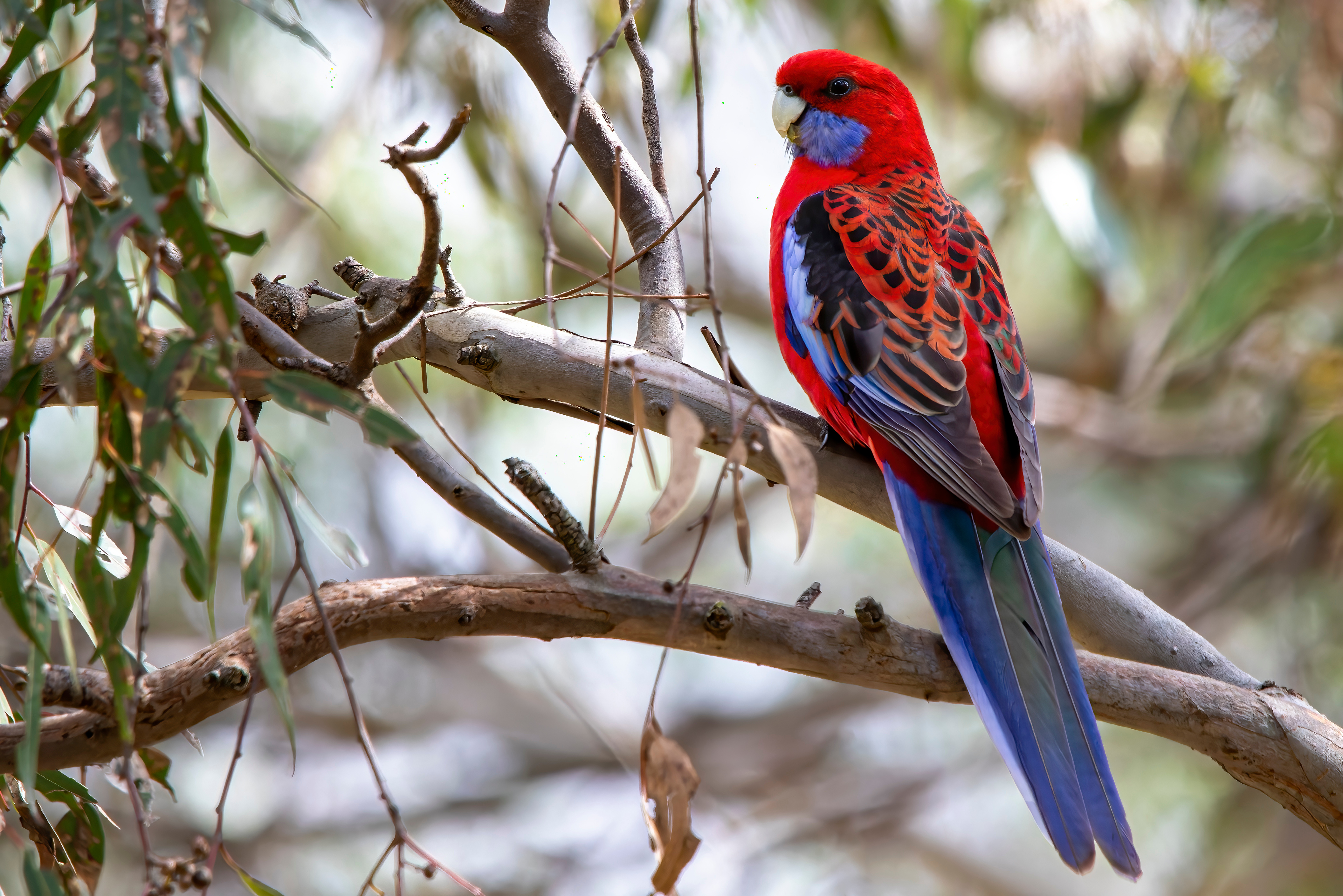What we found
We discovered marked differences in how many individuals of a species were detected in different parts of its range. For example, some populations of the grey shrike thrush were stable, others increased, and yet another declined steeply.
We also wanted to determine if there were ways to predict which populations of a given species might be more likely to be increasing or decreasing.
For example, if the monitoring program was at the centre of a species’ distribution – where the climate and food availability was optimal – a population there might be expected to be increasing faster than populations at the edge of that species’ distribution, where conditions could be less suitable.
Surprisingly, however, we found no evidence to support this hypothesis.
We also thought particular traits of a bird species, such as diet or body size, might affect whether numbers were rising, falling, or steady.
For instance, small bush birds might be more likely to decline due to being killed by predators or losing the competition for food to larger birds. Conversely, we expected that larger birds might be more resilient and their numbers more likely to increase. But again, we found no evidence of this.
These results indicate it is difficult to predict in advance which populations of a species will be declining versus those that are increasing or stable. It means scientists can’t reliably use such predictions when determining which parts of a species’ distribution should be monitored.
Our findings suggest that to get an accurate picture of a species’ overall trend, monitoring should cover, at a minimum, several populations of that species in different parts of its overall distribution. Importantly, this information can help identify those locations where populations are declining and conservation programs are needed.
And where a species is declining everywhere it is monitored, we should be extremely concerned. It shows a need for decisive conservation action. A species should not be allowed to go extinct while it is being observed, as occurred with the Christmas Island Pipistrelle bat.






